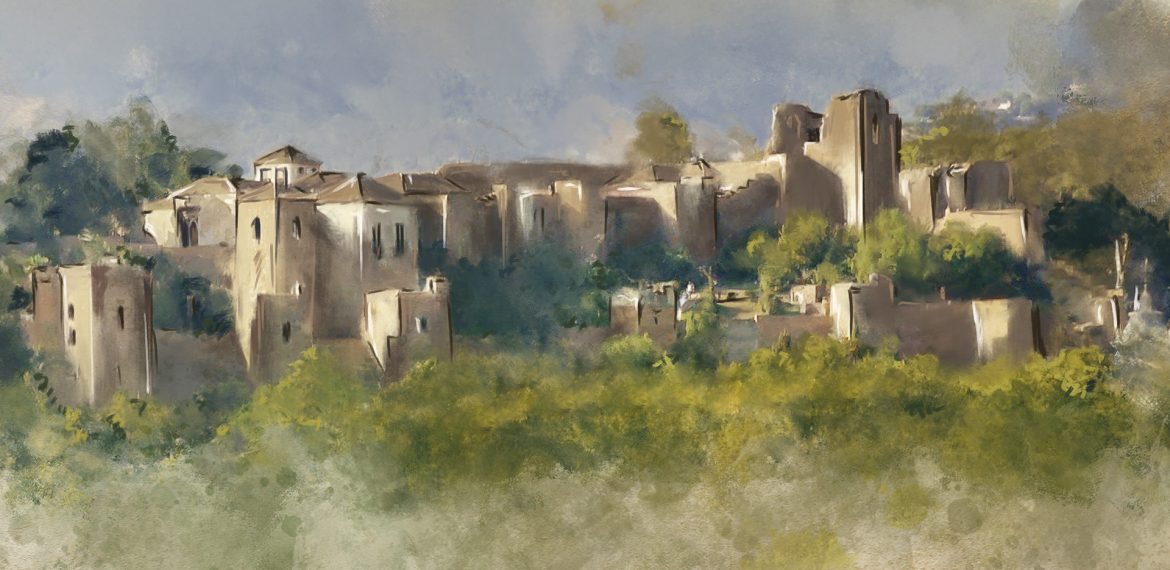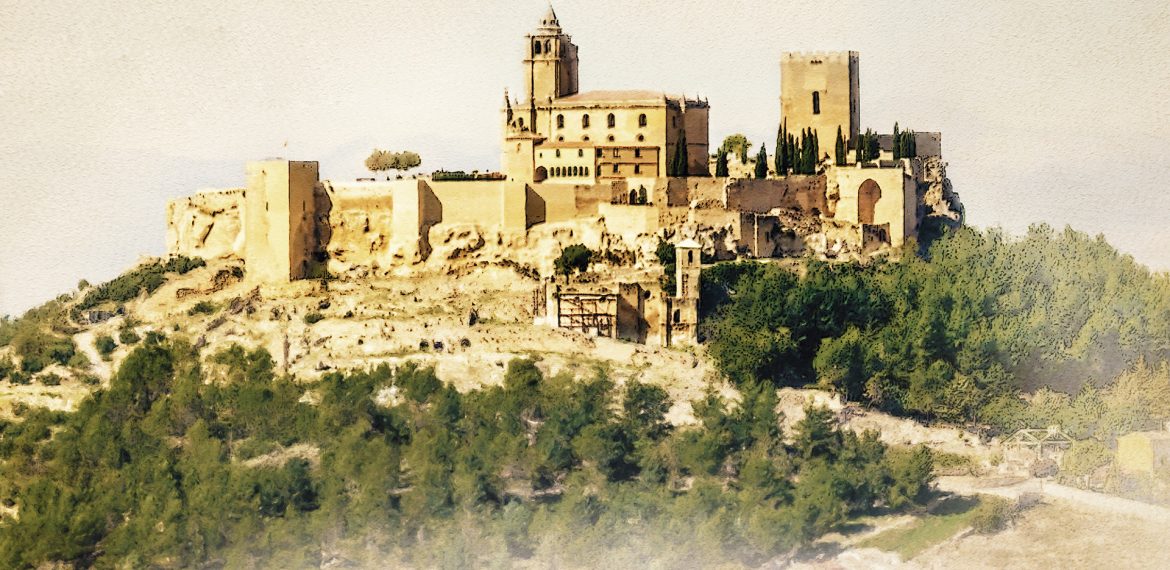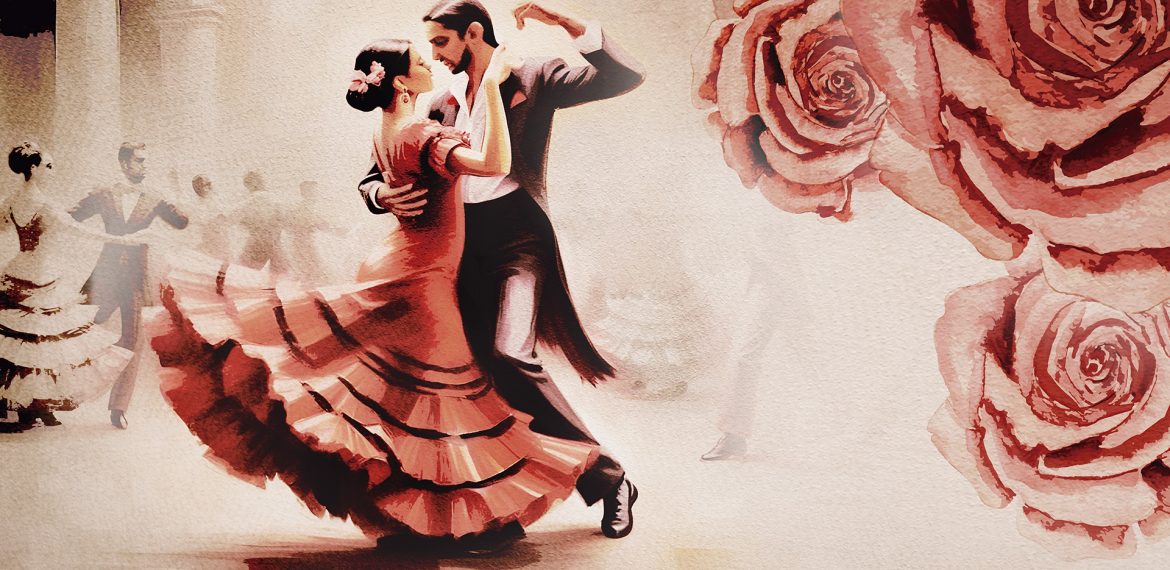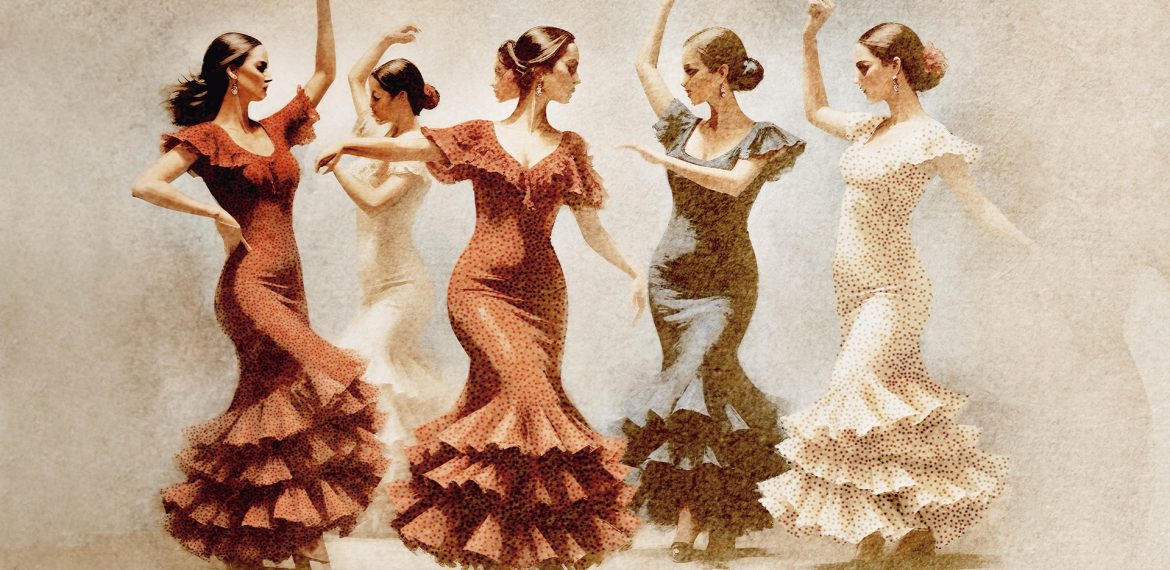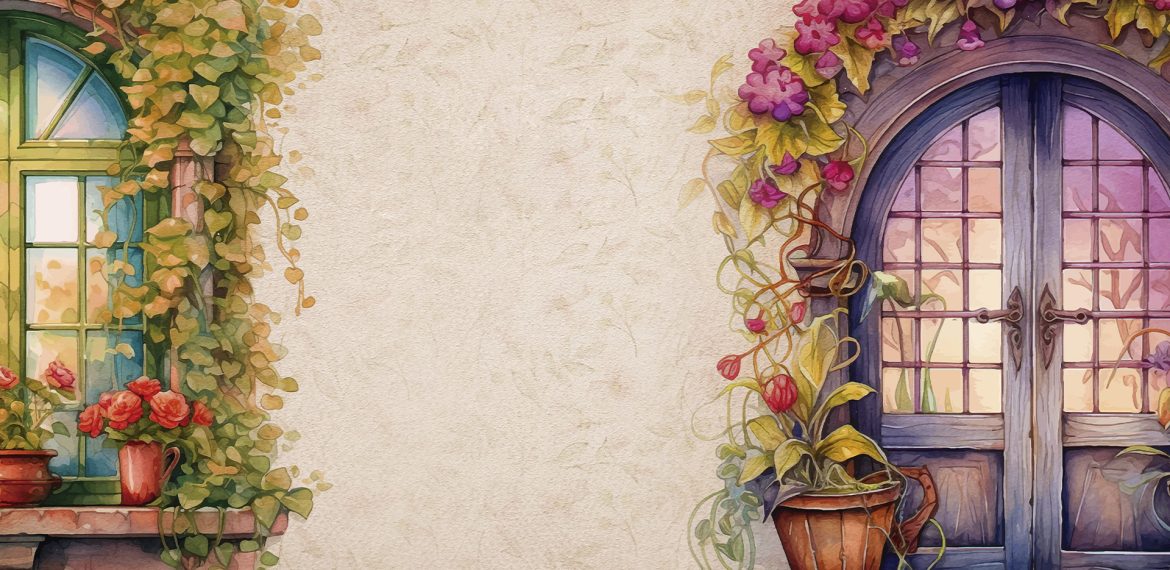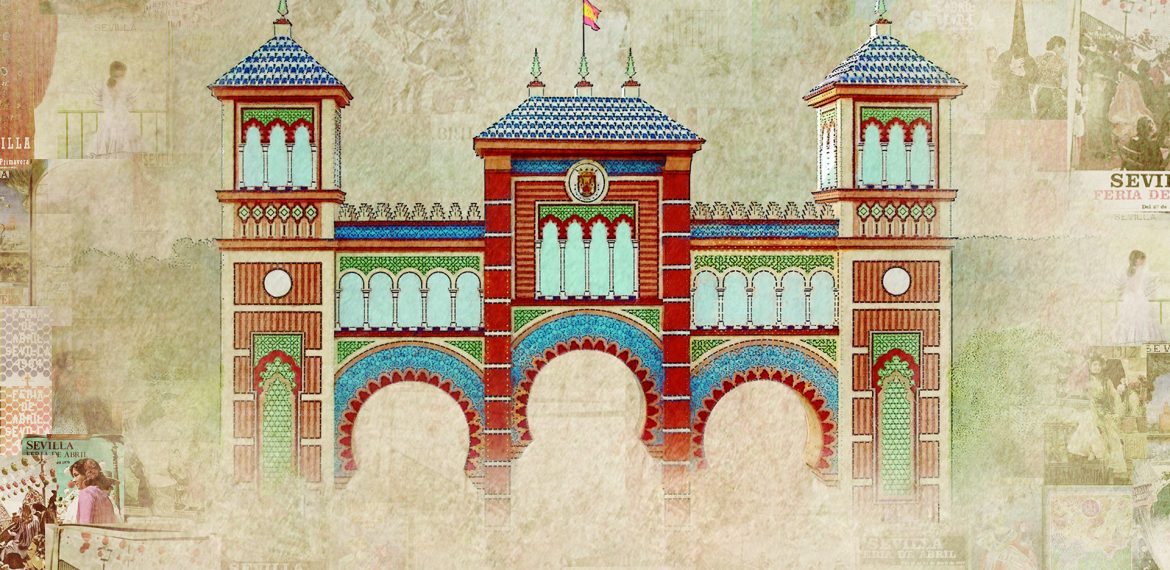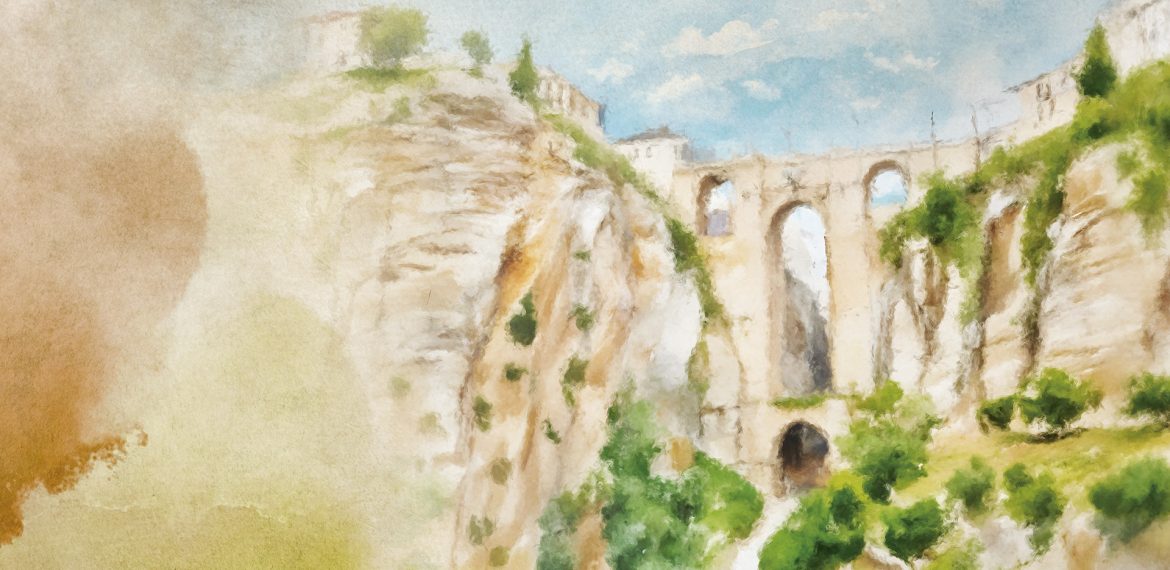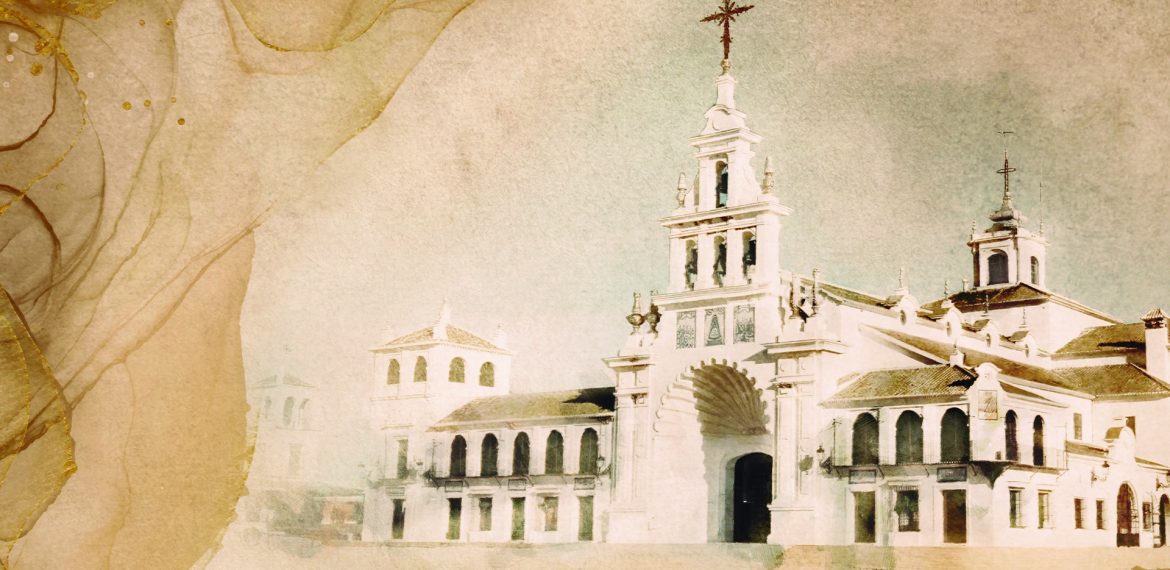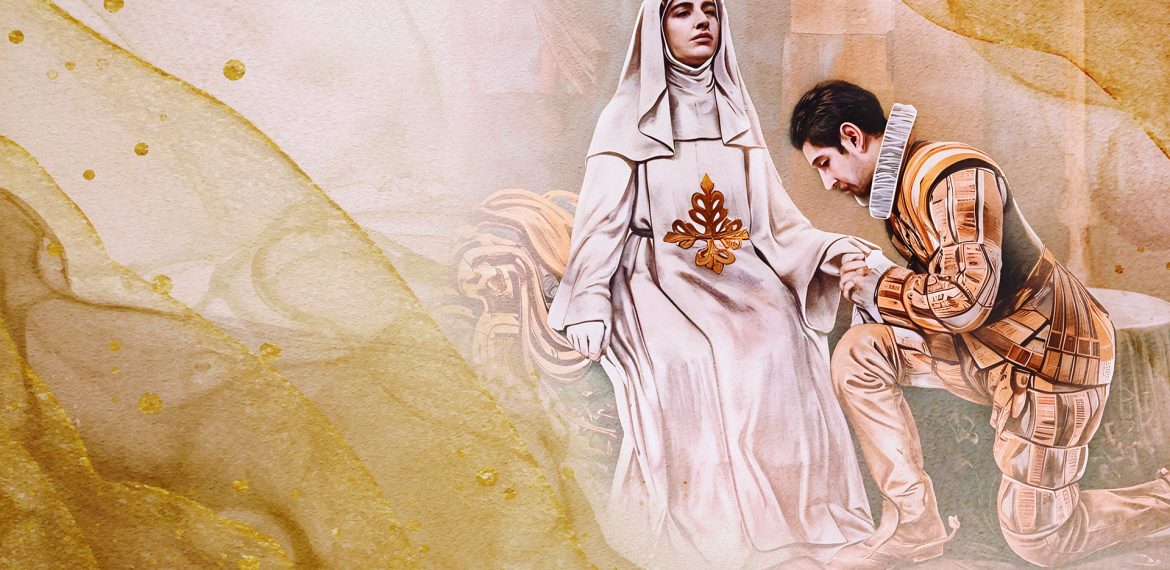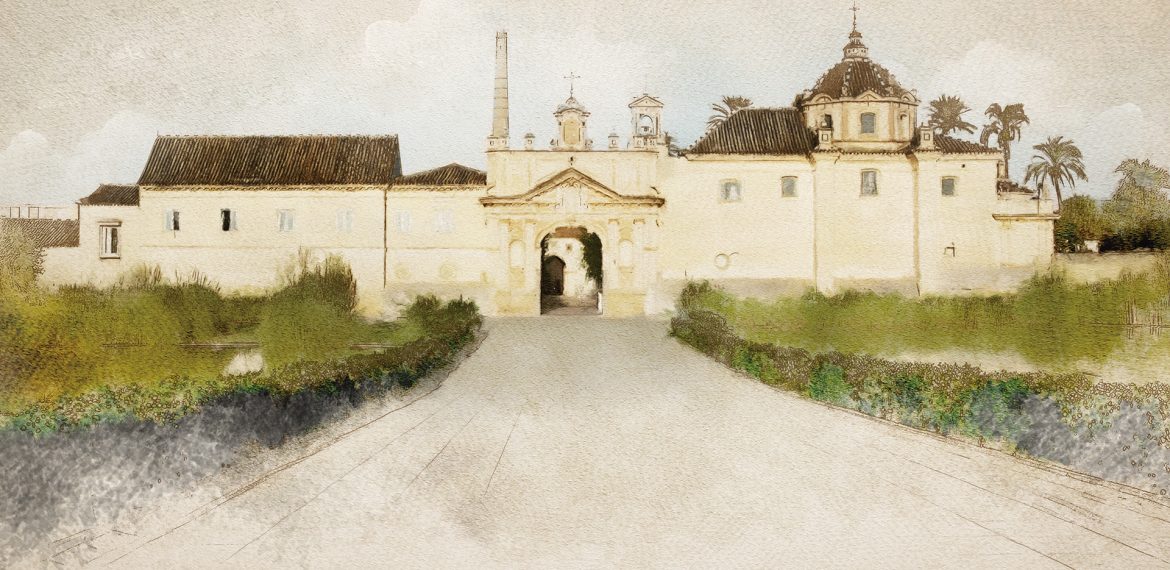Contents
Vila Galé Isla Canela
Málaga’s Alcazaba is one of the best-preserved Muslim fortifications in Spain. Built in the 11th century by the Hammudids, it combines military functions with the beauty of a palace and occupies a hill overlooking the Mediterranean Sea and the city centre. This defensive complex includes double walls, towers and interior
The Fortress of La Mota, located in Alcalá la Real, in the province of Jaén, is an impressive medieval construction dating back to the 8th century, during the Muslim period. For centuries, this fortress was an essential strategic point on the border between the kingdoms of Granada and Castile. The
Flamenco is a profound and authentic artistic expression that combines music, dance and song and is one of the greatest symbols of Andalusian culture. With origins dating back to the 15th century, this art is the result of a fusion of Moorish, Gypsy, Jewish and Christian influences. In flamenco, cante
The Jerez Festival is one of the main events dedicated to flamenco in Spain. It takes place every year in the city of Jerez de la Frontera and brings together established artists and new flamenco talents from all over the world. The festival offers a varied programme that includes dance
Córdoba’s Patios Festival is one of Andalusia’s most emblematic festivals. Held every year during the second and third week of May, this event celebrates the tradition of Andalusian patios, interior spaces filled with flowers and typical decorative elements. During the festival, the inhabitants of Córdoba open their private patios to
Seville’s April Fair is one of the most important popular festivals in Spain. It takes place every year, usually two weeks after Easter, and transforms the city into an authentic festival of colour, music and Andalusian tradition. Originally a cattle market set up in 1847, the fair has grown over
The Tajo de Ronda is an impressive natural gorge that runs through the city of Ronda, in the province of Málaga, separating the old part of the city from the new. Around 100 metres deep and 500 metres long, it was formed over millennia by the erosion of the Guadalevín
El Rocío is one of the most important religious pilgrimages on the Iberian Peninsula. It takes place every year in Almonte, Huelva, and attracts thousands of devotees who go on pilgrimage to the village of El Rocío, next to the Doñana Natural Park. The tradition dates to the 13th century
Don Juan Tenorio is one of the most emblematic characters in Spanish literature. Originally created by Tirso de Molina in the 17th century and popularised by José Zorrilla in 1844, Don Juan represents the archetype of the daring and irreverent seducer. Zorrilla’s play, ‘Don Juan Tenorio’, is a romantic and
Housed in the former Santa María de las Cuevas Monastery in Seville, the Andalusian Centre for Contemporary Art is a cultural landmark in Andalusia. This space, also known as La Cartuja, was adapted to house the museum during Expo 92 and today houses more than 3,200 works of contemporary art.
Categories
Latest Posts
- 15 de February, 2023
- 29 de September, 2017
- 29 de September, 2017
- 29 de September, 2017
- 29 de September, 2017

